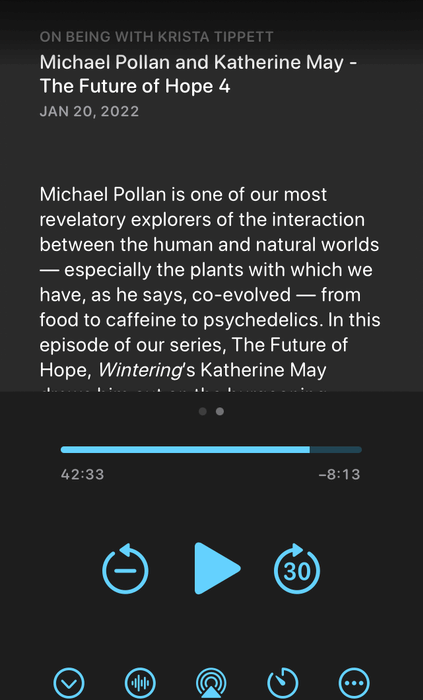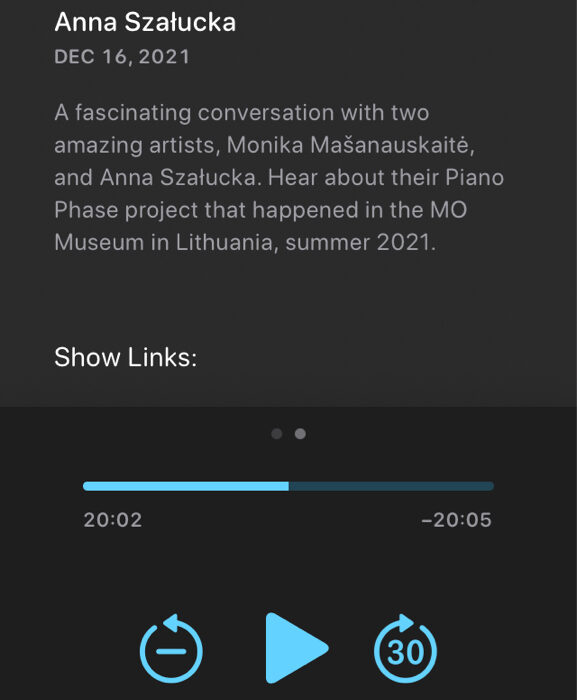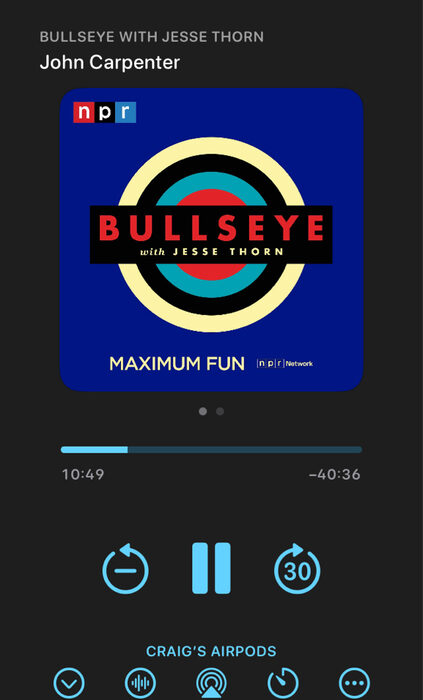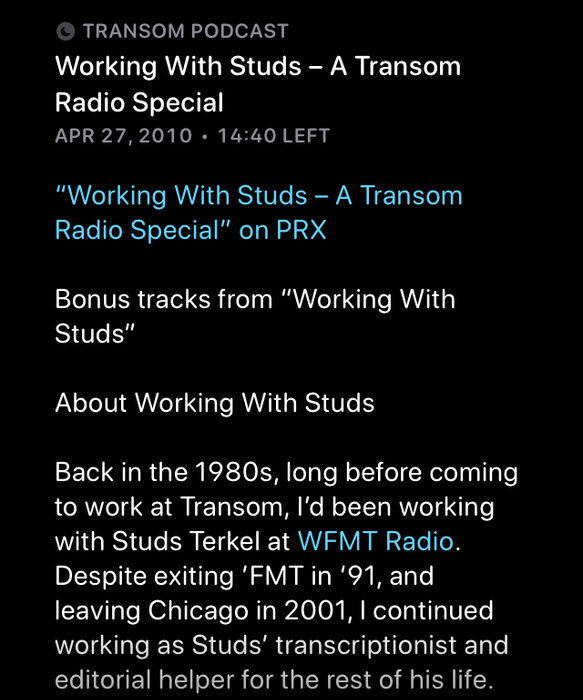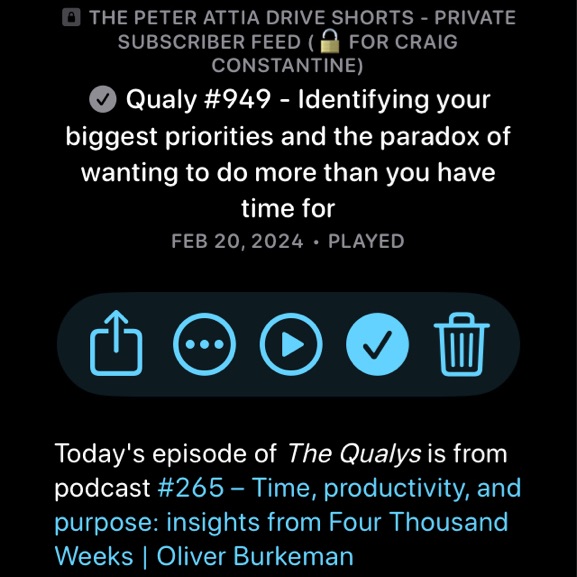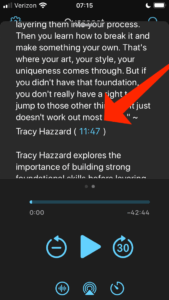I hope you have some way of sitting down and looking back on what you’ve actually accomplished. If you don’t, you’ll never notice what you’ve done; Instead you’ll only be able to stare at your imagined yet-to-do list.
I have a habit of looking back through my old journals to see what I’d written on the same date, years past. That’s the only way I can actually notice how much I’ve done, and how far I’ve come.
December 9, 2016 was the first time I recorded something, which led me directly into podcasting. It was a Skype call—yikes, dated memory—which I recorded for the purpose of getting a transcript.
At the time, I was trying to build a website where I was asking people to answer questions from a set list. But of course, writing is hard and it was a real struggle to get people to engage with doing it. So my friend Nick (who eventually appeared on the Movers Mindset podcast in, Play with Nick Anastasia, in 2022) said, let’s just record a Skype call and I’ll try writing something [answers to my movement related questions] from that. At the time, I tried to do some transcribing, gave up and sent it to rev.com for (I think it was) a $1/minute for human transcription. Yow, time and technology fly. And the rest is history.
ɕ
